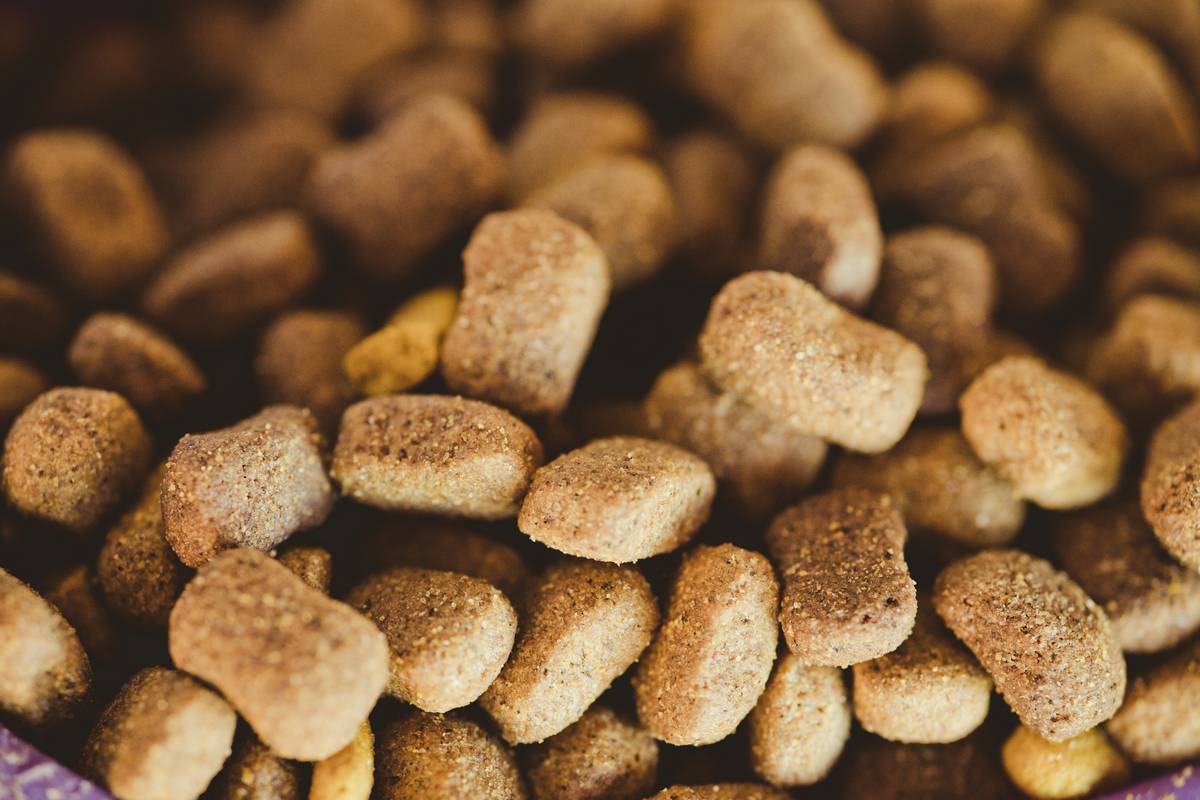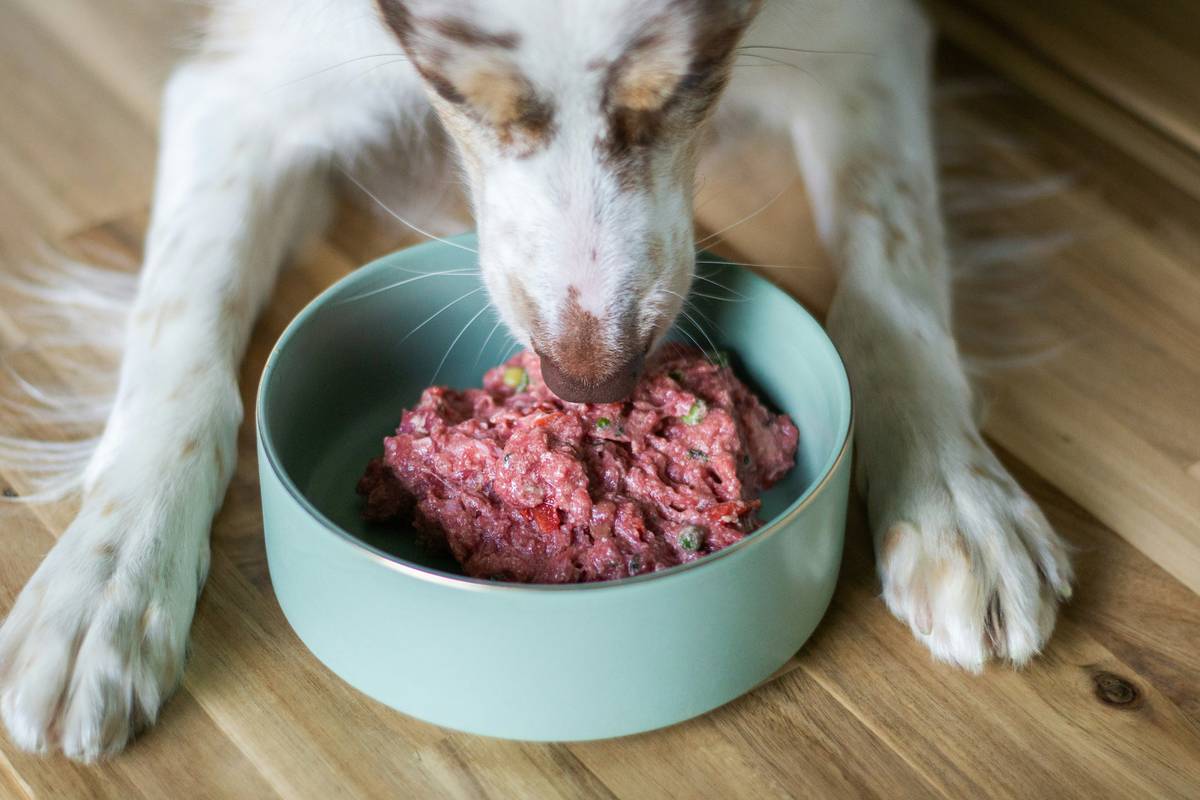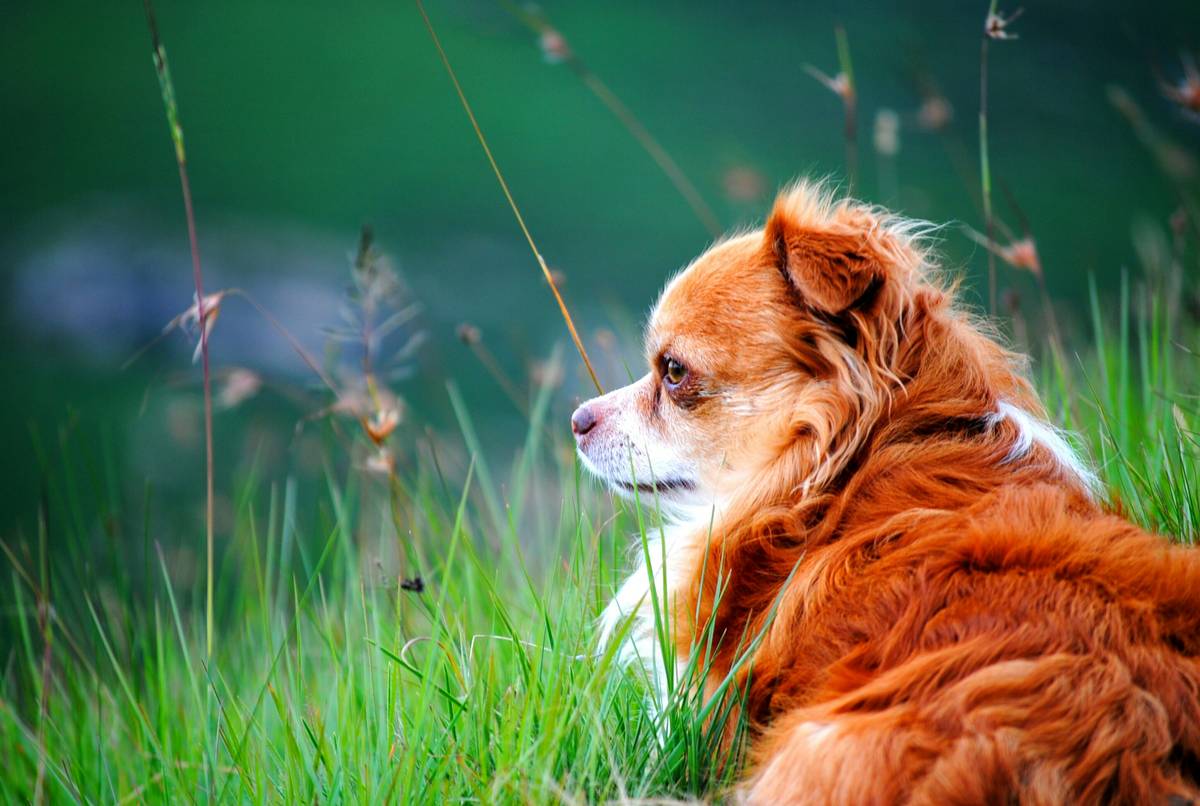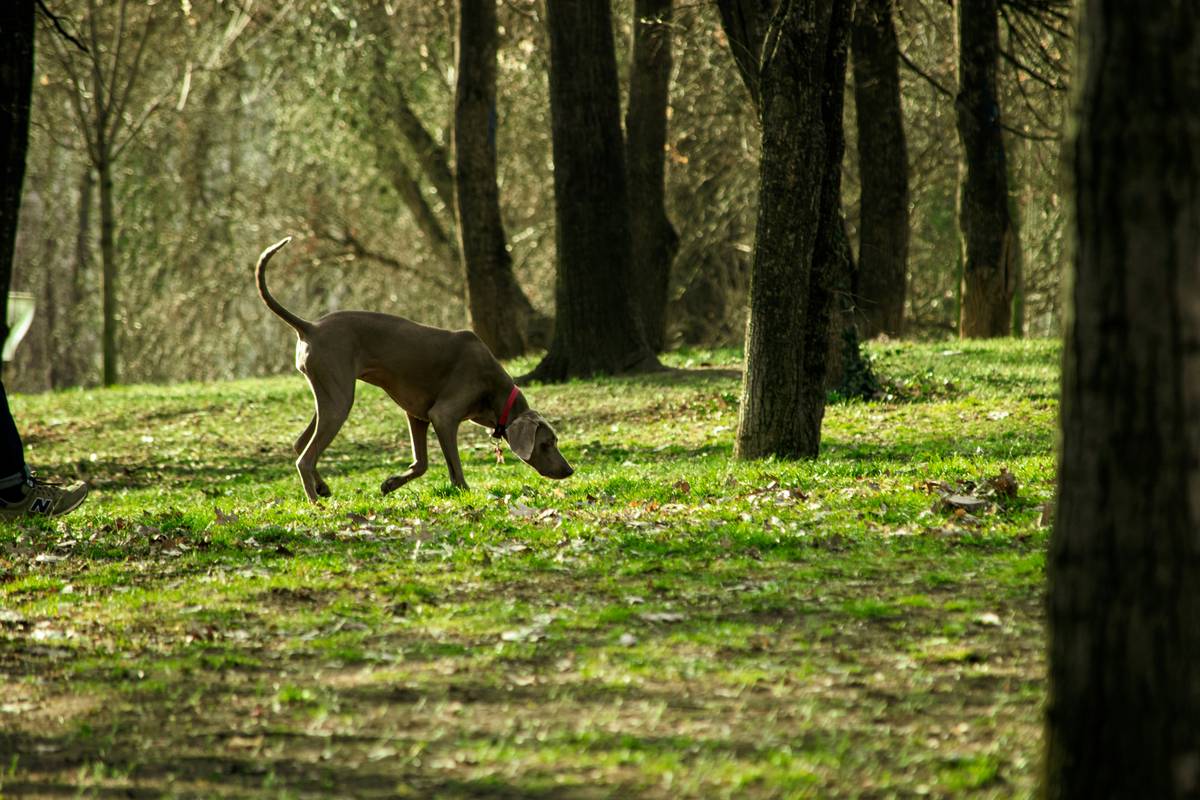“Ever seen your hunting dog so exhausted after a long day in the field that they can barely move? Yeah, me too. And trust me—it’s not cute.”
Hunting dogs are some of the hardest-working pups out there, but their high-energy lifestyle demands specialized care—especially when it comes to recovery nutrition for dogs. Whether you’re new to owning a hunting dog or a seasoned pro, understanding how to replenish their energy stores is critical for keeping them healthy and ready for action.
In this post, we’ll dive deep into recovery nutrition for dogs. By the end, you’ll know why recovery fuel matters, what foods work best, and how to create a meal plan tailored to your four-legged athlete. Buckle up; we’re about to turn your pooch into a lean, mean, hunting machine.
Table of Contents
- Why Recovery Nutrition for Dogs Is Non-Negotiable
- Step-by-Step Guide to Crafting Recovery Meals
- Top Tips for Optimizing Your Dog’s Diet
- Real-Life Success Stories
- Frequently Asked Questions About Recovery Nutrition
Key Takeaways
- Recovery nutrition for dogs helps repair muscles, restore glycogen levels, and aid in hydration.
- Hunting dogs require nutrient-dense diets rich in protein, fats, and carbs.
- Avoid processed junk food that can harm performance and overall health.
Why Recovery Nutrition for Dogs Is Non-Negotiable

If you’ve ever pushed yourself through a tough workout, you’ve felt the burn. Now imagine being covered in fur, running miles through dense brush, and doing it all without the luxury of Gatorade or a foam roller. Ouch, right?
Hunting dogs operate on overdrive during training and competitions. They expend massive amounts of energy tracking scents, sprinting across fields, and returning ducks faster than you can say “fetch.” But here’s the kicker: unlike humans, dogs don’t intuitively reach for electrolyte drinks afterward. That means it’s YOUR job to ensure their bodies bounce back properly.
“I once fed my dog plain chicken and rice after a hunt because I thought simplicity was key. Spoiler alert: It wasn’t enough, and she ended up sluggish the next day,” admits Sarah, a veteran bird hunter from Minnesota. Moral of the story? A generic diet won’t cut it if you want peak performance from your pup.
The Science Behind Recovery Nutrition for Dogs
Recovery isn’t just buzzword fluff—it’s science-backed necessity:
- Protein: Repairs muscle fibers broken down during strenuous activity.
- Fats: Provides concentrated energy reserves and supports joint health.
- Carbs: Replenishes depleted glycogen stores quickly.
- Hydration: Prevents dehydration, which impacts stamina and recovery.
Step-by-Step Guide to Crafting Recovery Meals

Optimist You: “Just follow these steps, and your dog will be thriving!”
Grumpy You: “Ugh, fine—but only if treats are involved…”
Step 1: Assess Energy Needs
First things first: know thy doggy. Calculate your pup’s daily caloric needs based on weight, age, activity level, and breed type. For example, a Labrador Retriever might need upwards of 2,000 calories per day compared to smaller breeds needing half that amount.
Step 2: Choose High-Quality Proteins
Pick proteins like lamb, turkey, salmon, or beef—they’re packed with amino acids necessary for muscle recovery. Pro tip: Rotate proteins to avoid boredom and nutritional gaps.
Step 3: Incorporate Healthy Fats
Omega-3 fatty acids (found in fish oil) reduce inflammation while medium-chain triglycerides (MCTs) found in coconut oil provide quick-digesting energy. Add these sparingly though—too much fat can lead to digestive upset.
Step 4: Select Complex Carbohydrates
Dogs aren’t carb-crazy like humans, but complex carbs such as sweet potatoes, quinoa, and oats help refuel glycogen stores effectively. Avoid sugar-heavy snacks meant for humans!
Step 5: Don’t Forget Hydration
Always offer fresh water immediately post-workout. Bonus points for adding a splash of bone broth to entice drinking and boost nutrients.
Top Tips for Optimizing Your Dog’s Diet

- Mix Wet and Dry Food: Combining textures improves digestibility and palatability.
- Supplement Wisely: Consider glucosamine chondroitin supplements for joint support, especially in older dogs.
- Avoid Terrible Advice: Feeding chocolate as a treat? Big no-no. Chocolate contains theobromine, toxic to dogs.
- Rant Alert: Pet food marketing drives me nuts! Those glossy ads promising miracle kibble are often misleading. Focus on ingredient lists, not flashy claims.
Real-Life Success Stories
Meet Max, a German Shorthaired Pointer who struggled with fatigue until his owner switched to a custom recovery nutrition plan featuring high-protein venison and omega-rich salmon. Within weeks, Max regained his zest for life—and even set a personal record fetching pheasants.
Frequently Asked Questions About Recovery Nutrition
Q: Can I use human recovery products for my dog?
Nope. Human formulations often contain ingredients harmful to dogs, like artificial sweeteners or caffeine. Stick to pet-specific options.
Q: How soon should I feed my dog after exercise?
Ideal timing is within 30 minutes to two hours post-activity for optimal nutrient absorption.
Q: Are grain-free diets suitable for recovery?
Depends. Some dogs thrive on grain-free diets, while others benefit more from whole grains. Consult your vet before making changes.
Conclusion
To keep your hunting dog at the top of their game, recovery nutrition for dogs is absolutely essential. With the right balance of proteins, fats, carbs, and fluids, you’ll not only extend their career but also improve their quality of life.
Remember: it’s not just food—it’s fuel. So whether it’s deer season or duck season, your loyal companion deserves nothing less than the finest recovery nutrition available.
Ninja Warrior Dog Status Unlocked. 🐕💨


